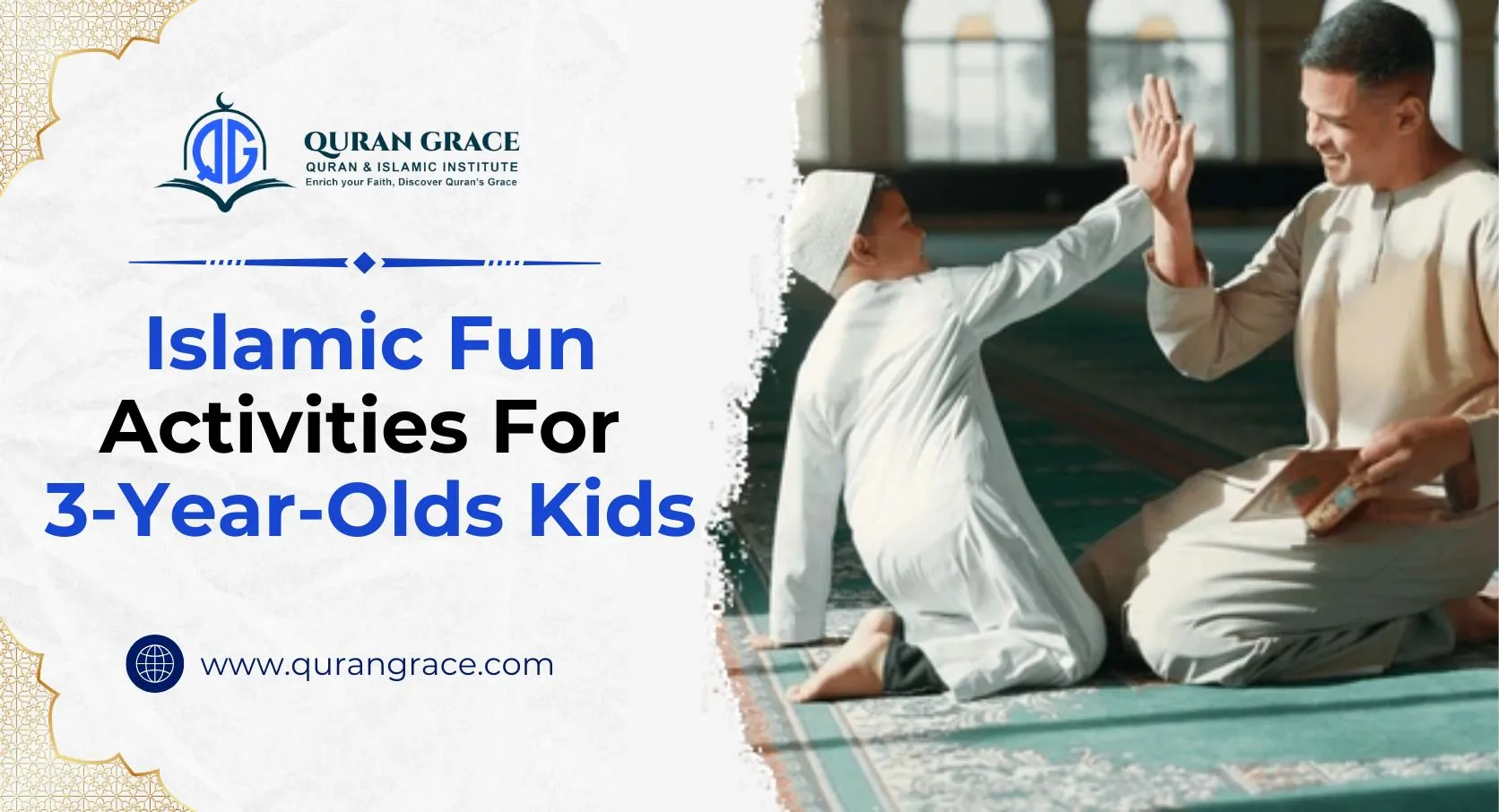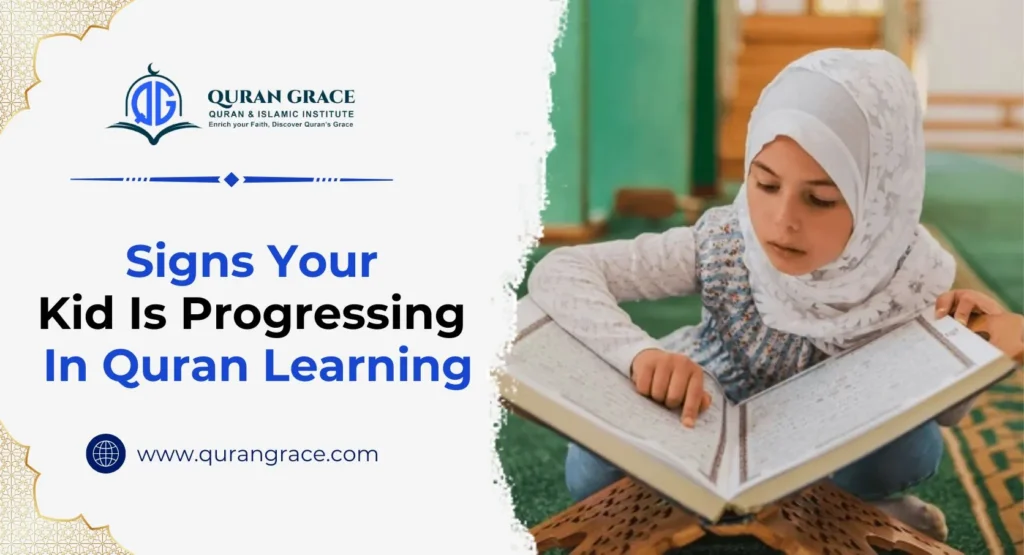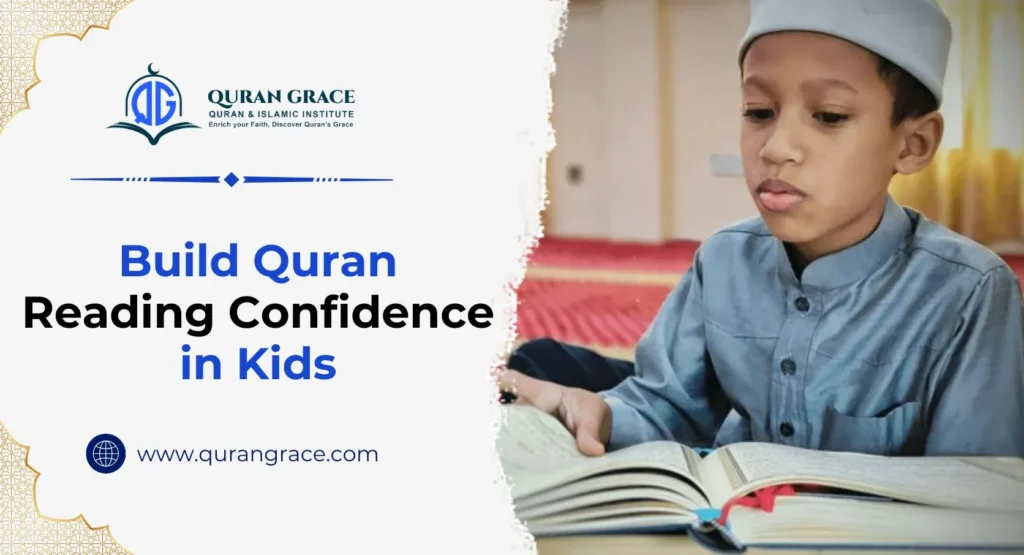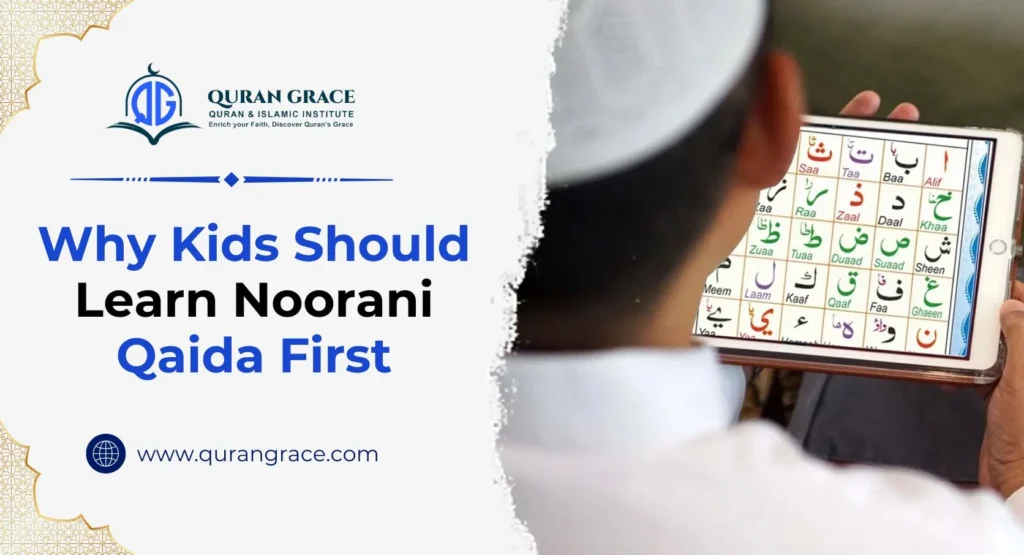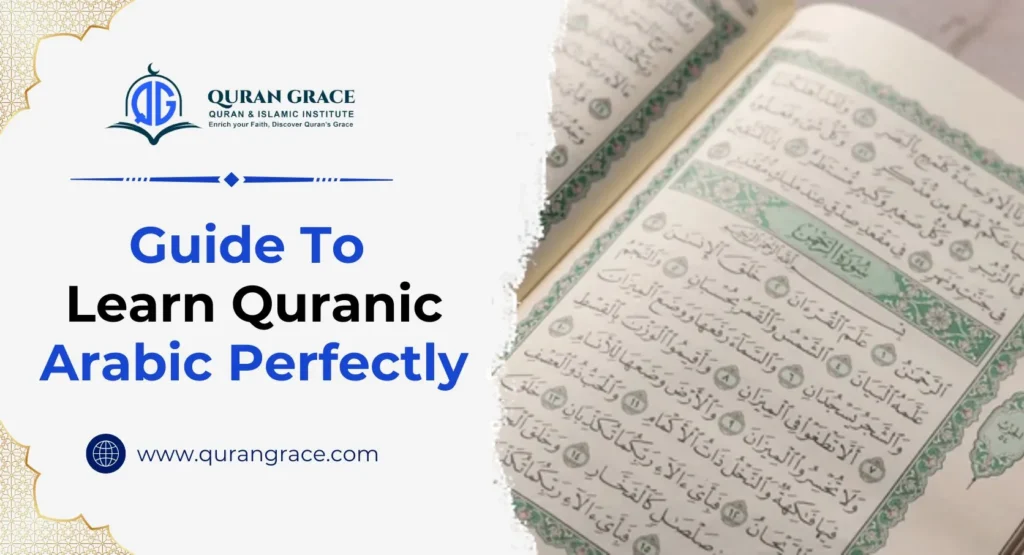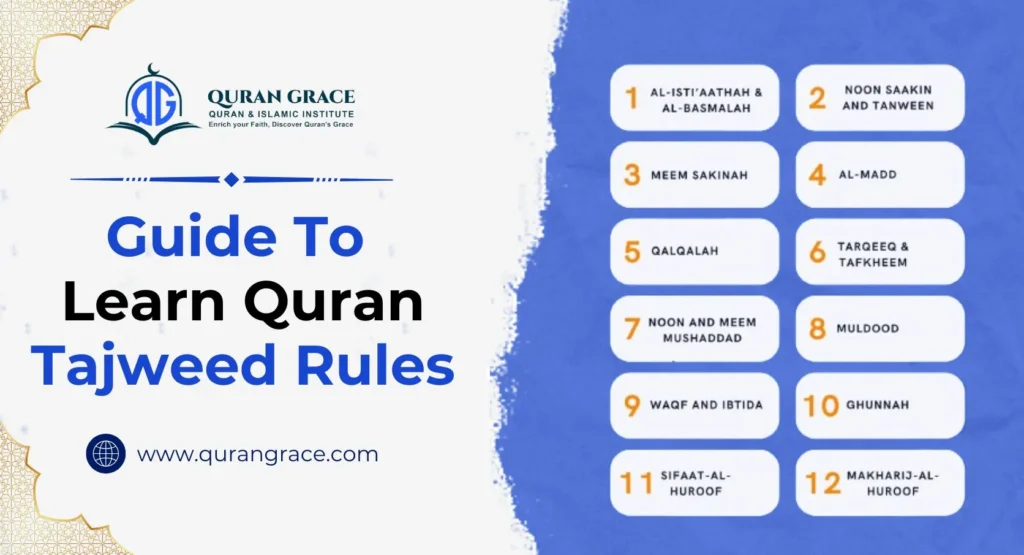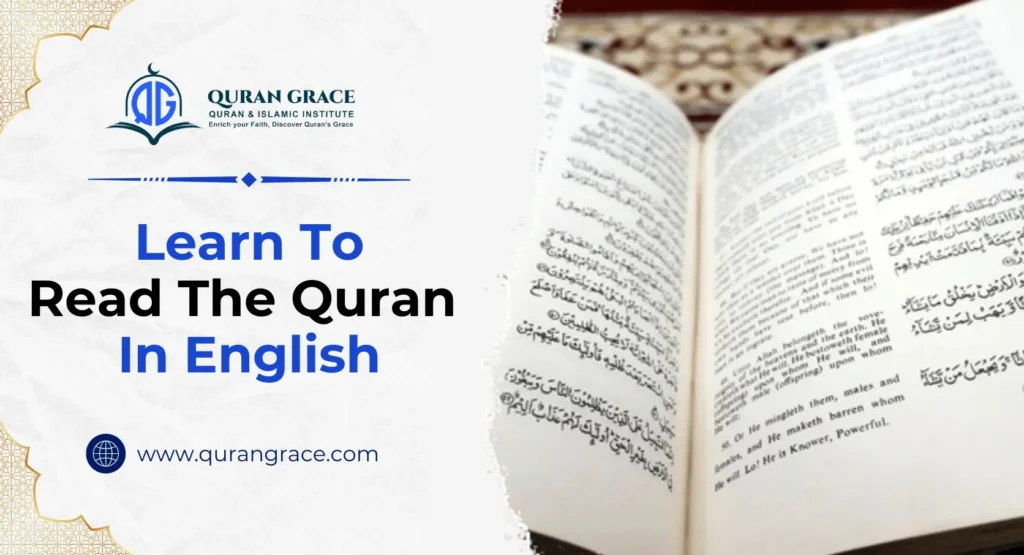As parents, we all want to instill a love for Islam in our children from a young age. For a spirited 3-year-old, this often means moving beyond traditional lessons and embracing the power of play! At this stage, children learn best through sensory experiences, repetition, and engaging activities that spark their curiosity. Incorporating Islamic studies for kids through fun, age-appropriate methods helps them naturally connect with their faith and develop a positive relationship with Islamic learning from the very beginning.
Table of Contents
Toggle4 Fun Islamic Activities For Kids
Here are some detailed, fun-filled Islamic activities perfect for your little one, designed to introduce core concepts in an age-appropriate and joyful way:
1. Sensory Sand Tray – The Kaaba Journey
Why it works: Sensory play is fantastic for 3-year-olds. It stimulates their senses, develops fine motor skills, and allows for imaginative exploration. This activity introduces the concept of the Kaaba in a tactile way.
What you’ll need:
- A shallow tray or box
- Sand (play sand or even semolina/rice for an indoor alternative)
- Small black block or cube (e.g., a painted wooden block, a small box wrapped in black paper) to represent the Kaaba
- Tiny plastic people or peg dolls
- Small toy camels or cars
How to play:
- Set the scene: Explain to your child, “This is our special sand tray, and we’re going to pretend we are going to a very special place called the Kaaba in Mecca!”
- Build the Kaaba: Place the black block in the center of the tray. Talk about its shape and color. “This is the Kaaba! It’s a house built for Allah.”
- Make Tawaf: Show your child how to gently move the little people/dolls around the Kaaba in a circle. You can even say a simple “Allah Hu Akbar” as they move.
- Mini-journey: Use the toy camels or cars to pretend to travel to Mecca. “We’re going on a trip to see the Kaaba!”
- Storytelling: As they play, tell simple stories about the Kaaba, Prophet Ibrahim (AS), and how Muslims pray towards it. Keep it brief and engaging.
Learning Outcome: Introduction to the Kaaba, the concept of Tawaf (circling), fine motor skills, and imaginative play.
2. Quranic Story Puppet Show – The Elephant and the Birds
Why it works: Puppet shows are magical for young children. They bring stories to life, capture attention, and make learning memorable. The story of the Elephant and the Birds (Surah Al-Fil) is a simple yet dramatic tale that teaches about Allah’s power.
What you’ll need:
- Simple hand puppets (you can draw and cut out characters and glue them onto craft sticks if you don’t have puppets)
- One elephant puppet
- Several small bird puppets
- A “stage” (e.g., behind a sofa, a large box with a cut-out window, or just your hands!)
- A simple script (or just retell the story in your own words)
How to play:
- Introduce the characters: “Today we’re going to hear a story about a big elephant and some brave little birds!”
- Tell the story: With enthusiasm, use the puppets to act out the story of Abraha’s army with the elephant marching towards the Kaaba, and then the little birds carrying stones sent by Allah.
- Focus on key messages: Emphasize that Allah protects His House and that He is all-powerful. “Allah sent the little birds to protect the Kaaba!”
- Interactive element: Encourage your child to make elephant sounds or bird chirps during the show.
Learning Outcome: Introduction to a Quranic story, understanding Allah’s power and protection, imaginative play, and listening skills.
3. My First Prayer Mat & Tasbeeh Craft
Why it works: Creating something with their own hands gives children a sense of ownership and pride. This craft introduces the concept of prayer and dhikr in a tangible, personalized way.
What you’ll need:
- For the prayer mat: A piece of felt or sturdy fabric (child-sized), fabric markers, glitter glue, stick-on gems, and stencils (optional, for simple Islamic shapes like stars or moons).
- For the Tasbeeh: Large wooden or plastic beads, string/pipe cleaners, permanent markers.
How to make it:
- Decorate the prayer mat: Lay out the fabric. Let your child freely decorate it with markers, glitter glue, and gems. Guide them to add simple patterns or shapes. “This is your special mat for talking to Allah!”
- Make the Tasbeeh: Thread the beads onto the string/pipe cleaner. You can count “one, two, three…” as each bead is added. For older 3-year-olds, you might decorate some beads with their initials or simple patterns.
- Connect to prayer: Once finished, show them how to use their “tasbeeh” to say “Subhanallah, Alhamdulillah, Allahu Akbar” while moving a bead for each word.
Learning Outcome: Introduction to prayer and dhikr, fine motor skills, creativity, and sense of personal connection to Islamic practice.
4. Allah’s Creations Nature Walk & Scavenger Hunt
Why it works: Connecting with nature helps children appreciate Allah’s magnificent creation and fosters a sense of wonder. A scavenger hunt adds an element of excitement and discovery.
What you’ll need:
- A small bag or basket for collecting treasures
- A simple checklist of items (pictures work best for 3-year-olds)
- Examples: “a green leaf,” “a smooth stone,” “a feather,” “a yellow flower,” “something soft,” “something rough”
- Optional: Magnifying glass
How to play:
- Before you go: Talk about how Allah created everything around us – the trees, the flowers, the birds. “Look at all the beautiful things Allah made for us to enjoy!”
- The Hunt: As you walk, point out the items on your list. “Can you find a green leaf? Subhanallah, look how green it is!”
- Sensory exploration: Encourage your child to touch, smell (safely!), and observe the items. Use the magnifying glass to look closely at insects or tiny plant details.
- Gratitude: Throughout the walk, reiterate phrases like “Alhamdulillah for this beautiful sky,” or “Mashallah, look at this pretty flower Allah made.”
- At home: Arrange the collected treasures and talk about each one, reinforcing that they are all from Allah.
Learning Outcome: Appreciation for Allah’s creation, connecting faith with the natural world, observation skills, and vocabulary development.
Conclusion
We at Quran Grace facilitate parents who are looking to teach Islam to kids and engage them in meaningful Islamic activities through our Islam for Kids course. All the activities are thoughtfully designed to cater to the needs of children in learning about Islam. Parents are encouraged to supervise their children and attend a free evaluation class at the beginning to ensure the best learning experience.

